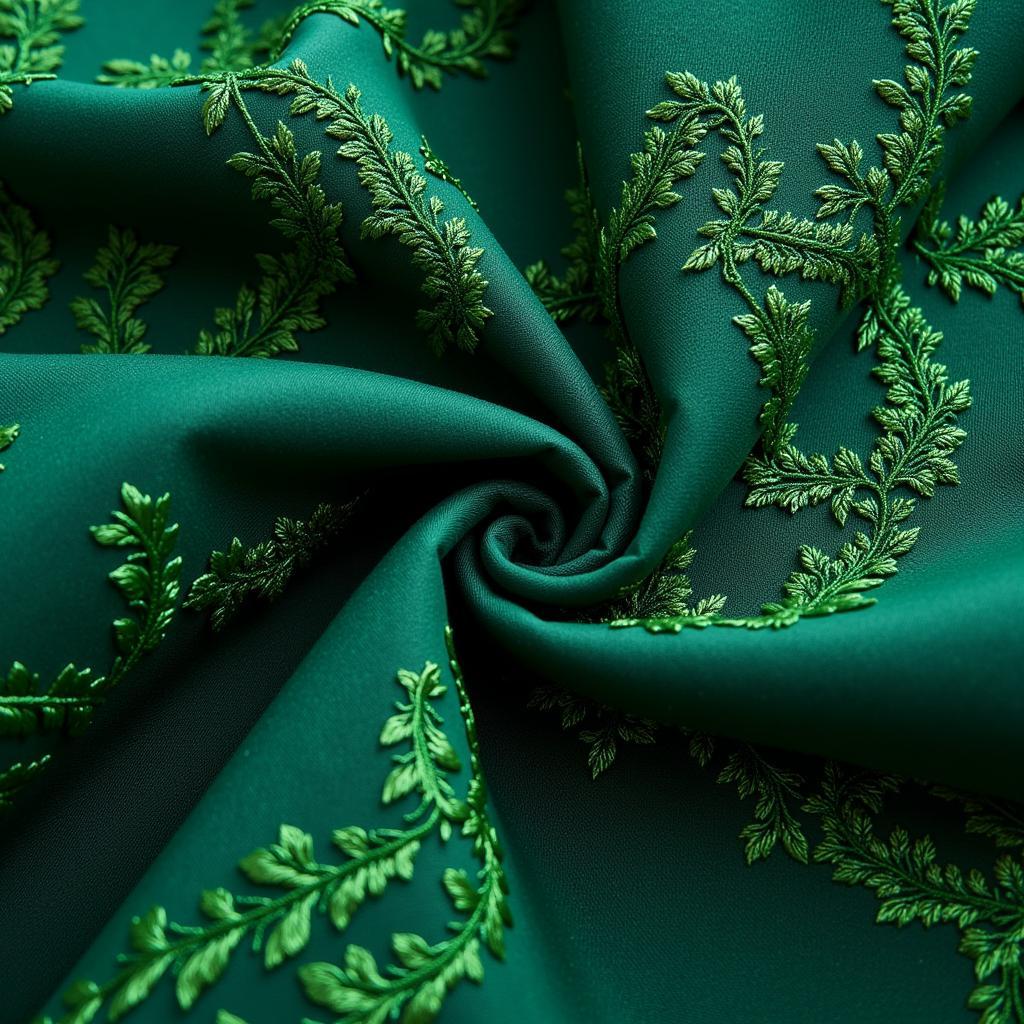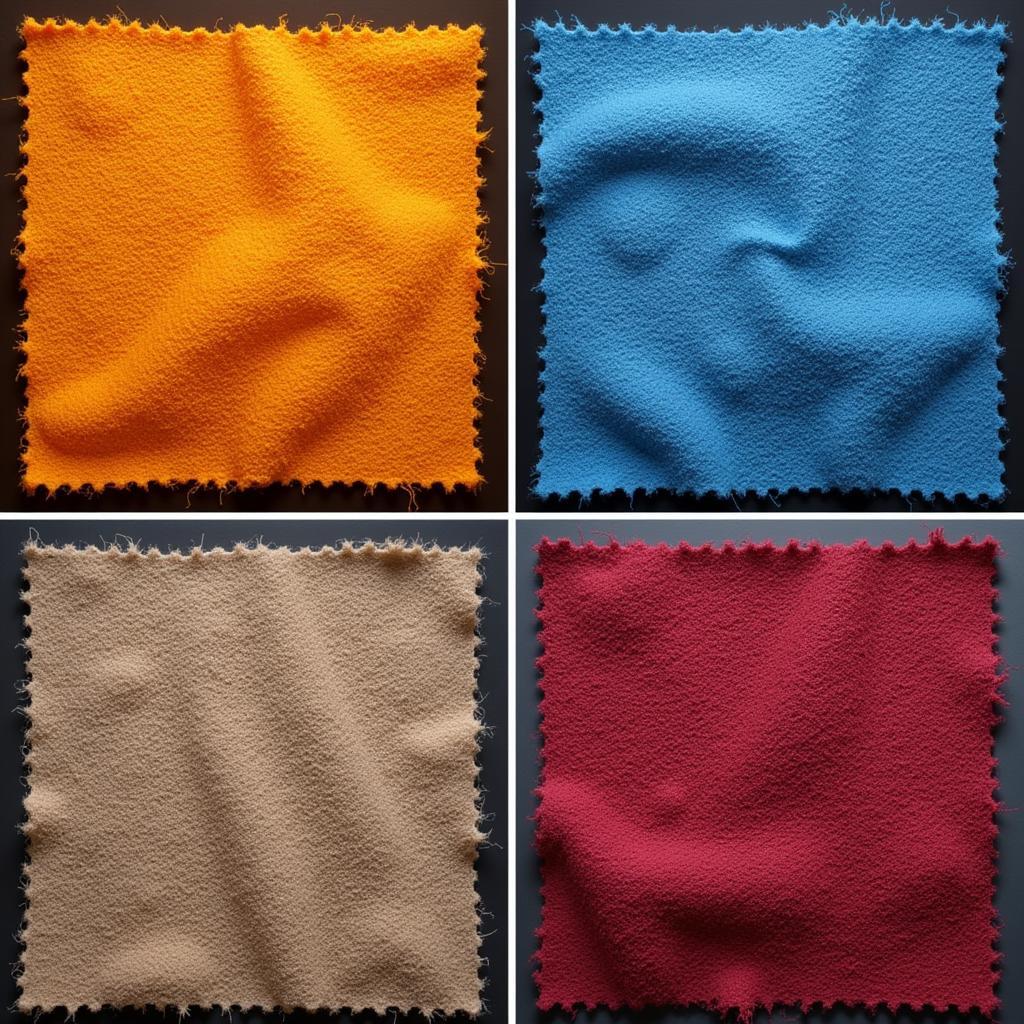Puce green, a seemingly contradictory term, often sparks curiosity. What color could possibly be both puce and green? Let’s delve into the fascinating world of color and explore this intriguing combination.
Decoding Puce and Green: A Color Conundrum
Puce, a color often described as a dark reddish-purple or brownish-purple, derives its name from the French word for flea. Imagine the deep, dark color of a flea, and you’re in the puce ballpark. Green, on the other hand, evokes images of nature, freshness, and tranquility. So, how can these two seemingly disparate colors coexist? The simple answer is: they can’t. Puce green isn’t a recognized color. The combination likely arises from misinterpretations, variations in individual perception, or even creative license in describing colors.
Understanding the Confusion: Why “Puce Green”?
The confusion surrounding puce green may stem from several factors. Puce, being a dark and somewhat ambiguous color, can be perceived differently under various lighting conditions. Some might see hints of brown, others might detect a reddish undertone, and some might even perceive a slight greenish tinge, especially in the presence of certain adjacent colors. This subjective perception, combined with the evocative nature of language, can lead to descriptions like “puce green.”
Another possibility is the influence of other colors in a pattern or design. A fabric with a predominantly puce background interspersed with green accents might be described as “puce green” in casual conversation, even though the two colors remain distinct.
 Puce Fabric with Green Details
Puce Fabric with Green Details
Is Puce Green a Real Color? Exploring Color Theory
Color theory provides a framework for understanding how colors interact and how we perceive them. From the primary colors (red, yellow, and blue) to the vast spectrum of hues, tints, and shades, color theory helps us define and categorize colors. However, puce green doesn’t fit neatly into this framework. While variations exist within the puce family, incorporating green into the definition of puce deviates from established color terminology.
The Role of Perception and Lighting in Color Interpretation
Our perception of color is influenced by a variety of factors, including lighting, surrounding colors, and even our individual physiological differences. What one person perceives as a hint of green in a puce fabric, another might see as purely brown or reddish-purple. This subjectivity highlights the challenges of precisely defining and communicating colors.
 Puce Color Variations Under Different Lighting
Puce Color Variations Under Different Lighting
Puce and Green in Design: A Creative Exploration
While puce green may not be a technically accurate color term, the combination of puce and green can create interesting and visually appealing designs. Imagine a deep puce wall accented with vibrant green plants or a puce sofa adorned with green throw pillows. These combinations can evoke a sense of richness, depth, and sophistication.
Using Puce and Green to Create a Unique Ambiance
The contrasting yet complementary nature of puce and green allows for a wide range of design possibilities. In interior design, puce can create a dramatic and luxurious backdrop, while green accents add a touch of freshness and vitality. In fashion, the combination can be both elegant and edgy.
“Puce, with its inherent complexity, offers a rich foundation for design. Introducing green elements can create a dynamic interplay of light and dark, warmth and coolness,” says renowned color consultant, Amelia Hues.
Conclusion: Embracing the Nuances of Color
While puce green may not be a scientifically defined color, the exploration of this term reveals the fascinating complexities of color perception and the creative possibilities that arise from unconventional combinations. Understanding the nuances of color allows us to appreciate the richness and diversity of the visual world. So, next time you encounter a seemingly contradictory color term like puce green, embrace the opportunity to explore the subjective and ever-evolving nature of color.
FAQ
-
Is puce green a real color? No, puce green is not a formally recognized color. The combination likely arises from variations in individual perception or creative descriptions.
-
What is the color puce? Puce is typically described as a dark reddish-purple or brownish-purple.
-
What does puce mean? The word “puce” comes from the French word for flea.
-
Can puce and green be used together in design? Absolutely! The combination of puce and green can create visually appealing and sophisticated designs.
-
What other colors go well with puce? Puce pairs well with gold, cream, beige, and other neutral colors, as well as contrasting shades like chartreuse or teal.
-
Where can I find puce-colored items? You can find puce-colored items in various places, including clothing stores, home decor shops, and online retailers.
-
What is the closest color to puce green? Perhaps a deep, muted olive green with brownish undertones might be the closest approximation to what someone envisions as “puce green.”
Need help with your next painting project? Contact us!
Phone Number: 0373298888
Email: [email protected]
Address: 86 Cau Giay, Hanoi.
We have a 24/7 customer service team ready to assist you.

